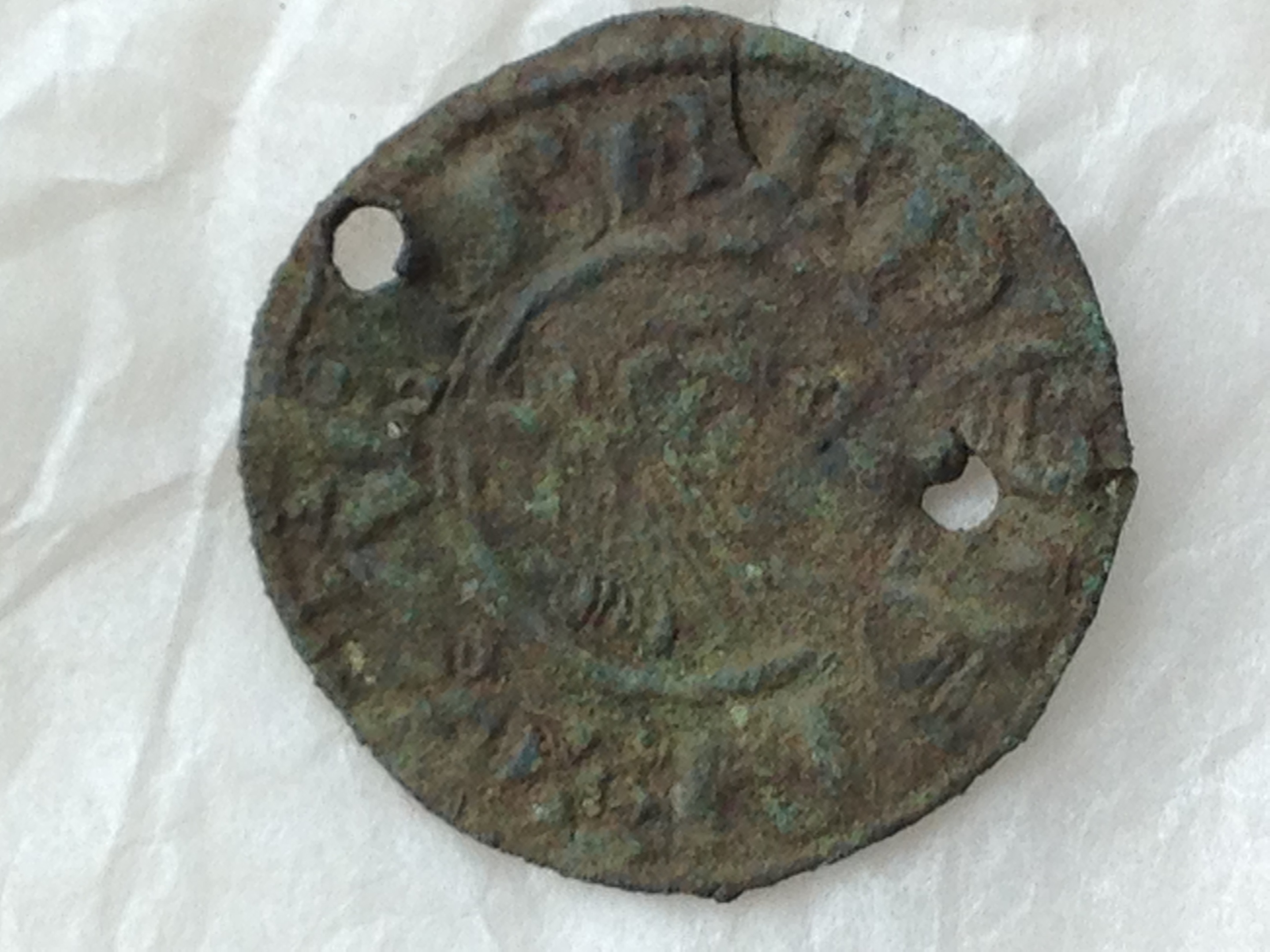
NEW Pictish remains have been discovered at a fort thought to have been largely destroyed by a 19th-century development.
Archaeologists from the University of Aberdeen uncovered a longhouse and an 1,100-year-old anglo Saxon coin in a dig at Burghead Fort near Lossiemouth, Moray.
Experts believe the fort was a significant seat of power within the Pictish Kingdom, dating between 500AD and 1000AD.
Artefacts including the Burghead Bull carvings and a mysterious underground well were discovered in the 1800s, but it was thought further remains were destroyed when a new town was built on top of the fort around the same time.
A new dig that started in 2015 has now led to fresh discoveries.
The university team uncovered a Pictish longhouse, within which an anglo Saxon coin of Alfred the Great was found, providing key dating evidence for the use of the house and fort.
Archaeologists said the coin dates to the late ninth century when Viking raiders and settlers were leading to major changes within Pictish society.
Dr Gordon Noble, senior lecturer at the University of Aberdeen, said: “The assumption has always been that there was nothing left at Burghead; that it was all trashed in the 19th century but nobody’s really looked at the interior to see if there’s anything that survives inside the fort.
“Beneath the 19th-century debris, we have started to find significant Pictish remains.
“We appear to have found a Pictish longhouse.
“This is important because Burghead is likely to have been one of the key royal centres of northern Pictland and understanding the nature of settlement within the fort is key to understanding how power was materialised within these important fortified sites.
“There is a lovely stone-built hearth in one end of the building and the Anglo-Saxon coin shows the building dates towards the end of the use of the fort based on previous dating.
“The coin is also interesting as it shows that the fort occupants were able to tap into long-distance trade networks.
“The coin is also pierced, perhaps for wearing; it shows that the occupants of the fort in this non-monetary economy literally wore their wealth.
“Overall, these findings suggest that there is still valuable information that can be recovered from Burghead which would tell us more about this society at a significant time for northern Scotland – just as Norse settlers were consolidating their power in Shetland and Orkney, and launching attacks on mainland Scotland.”
The dig has been carried out with the Burghead Headland Trust and Aberdeenshire Council Archaeology Service.
Council archaeologist Bruce Mann said: “Burghead Fort has long been recognised as being an important seat of power during the early medieval period and is known as the largest fort of its type in Scotland.
“Its significance has just increased again though with this discovery.
“The fact that we have surviving buildings and floor levels from this date is just incredible and the university’s work is shedding light on what is too often mistakenly called the ‘dark ages’.”

Enjoy the convenience of having The Sunday Post delivered as a digital ePaper straight to your smartphone, tablet or computer.
Subscribe for only £5.49 a month and enjoy all the benefits of the printed paper as a digital replica.
Subscribe